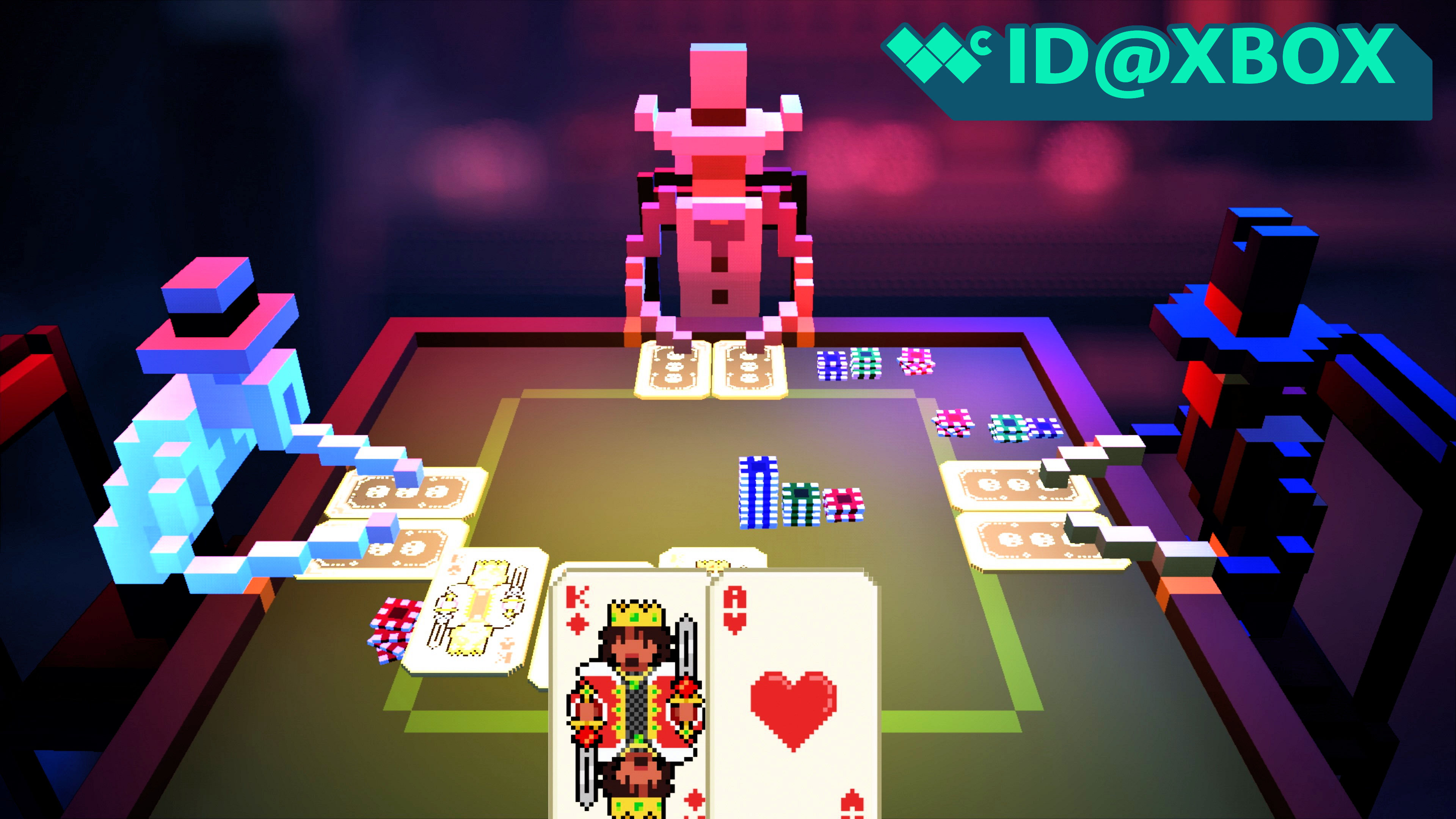Superhot review: No plot, no purpose – just killing red guys
"No plot, no reason for anything, just killing red guys."
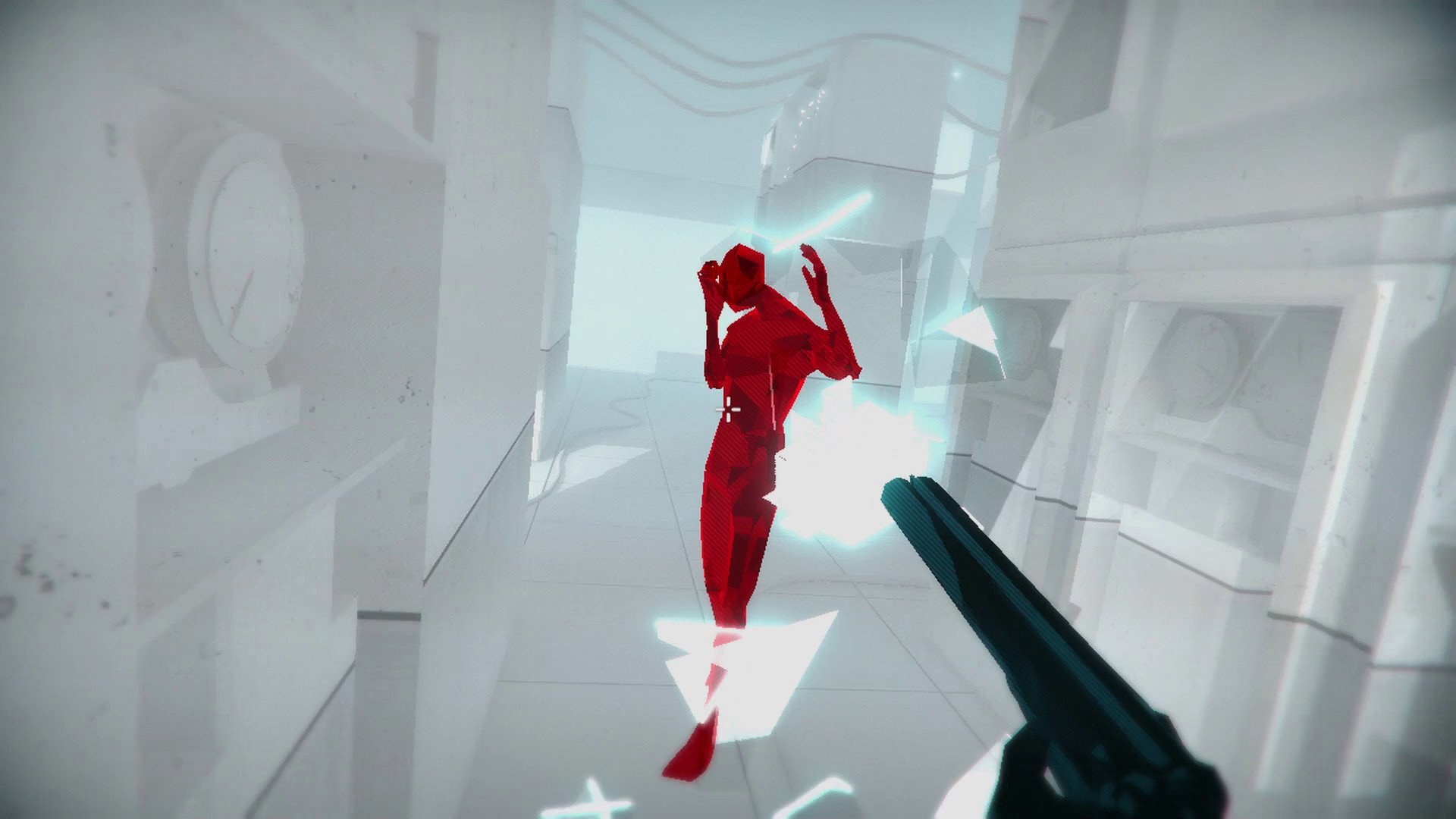

After turning its passion project into a marketable product through a successful crowdfunding campaign, the Superhot team has brought its time-bending shooter to the Xbox platform. Back in 2014 when its Kickstarter campaign came to a close, over eleven thousand backers had contributed a quarter of a million U.S. dollars to get Superhot off the ground. The game initially posed an intriguing premise and has since expanded with new mechanics and game modes, based around a singleidea.
After a successful release on PC back in February, the game is now available on Xbox One; safely sitting among the most enjoyable and innovative titles brought to the console through the ID@Xbox program.
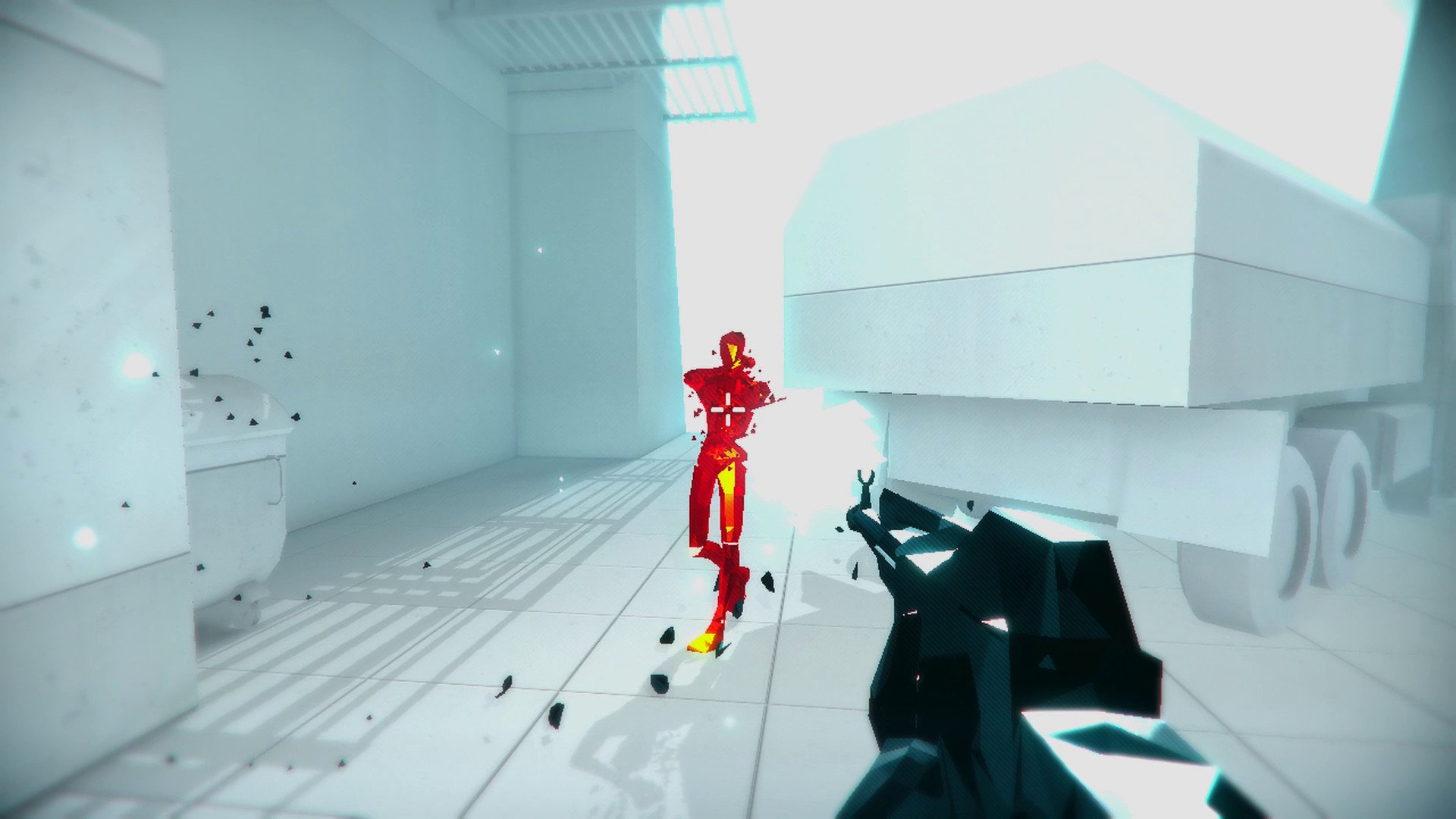
Clickety-clack
"Among the most enjoyable and innovative titles brought to the console through the ID@Xbox program"
The premise of Superhot is simple. Time moves when you move. This is the single mechanic the game spans from, creating a unique hybrid between a first-person shooter and a fast-paced puzzle game. The environment, enemies, and projectiles are skewed by the irregular flow of time, adding a strategic twist to a genre where skill is commonly the limiting factor.
The core concept behind Superhot is its strongest component, taking a unique spin on time manipulation and how it can be used as a strong backbone for gameplay. While altering the flow of time, players progress through fast-paced, engaging levels, each taking less than a few minutes to complete. The difficulty ramps up significantly in later stages and while they sometimes require multiple attempts, the challenge is never too overwhelming. Other gamemodes are offered once the main story has been completed, adding to the title's overall replayability.
A majority of Superhot's levels are completed by eliminating all enemies in an enclosed play space. The geometry and enemy placement have been specially tailored to offer a cinematic experience, providing opportunities to utilize all the game's mechanics. Each level in Superhot is formulaic, but this is in no way a bad thing. The layout of objects levels opens the opportunity for cinematic takedowns and chains, rivaling choreographed scenes from classic action movies. Superhot's gameplay had the potential rapidly get stale, but a flawless execution of simple mechanics adds a flair of tension to every encounter.

Superhot introduces new weapon types over the course of the game, each with differing fire rates and bullet spreads. Combat is kept fresh as the game progresses, adding heavy shotguns, repeating burst rifles and new melee weapons into the mix.
Reloading is non-existent, meaning that once a few shots have been fired, another weapon must be picked up. However, this doesn't make empty weapons irrelevant, which can serve as throwables to stun oncoming enemies.
All the latest news, reviews, and guides for Windows and Xbox diehards.
Planning movement and anticipating future enemy actions is key in Superhot, ensuring your slow-moving bullets land on the enemies. With a somewhat predictable AI, this can be an easy task, but can prove to be more of a challenge when numerous enemies are traversing the map. While maneuvering around bullet trails is the most effective way to survive enemy attacks, throwing objects and weapons at bullets will also stop them in their path.
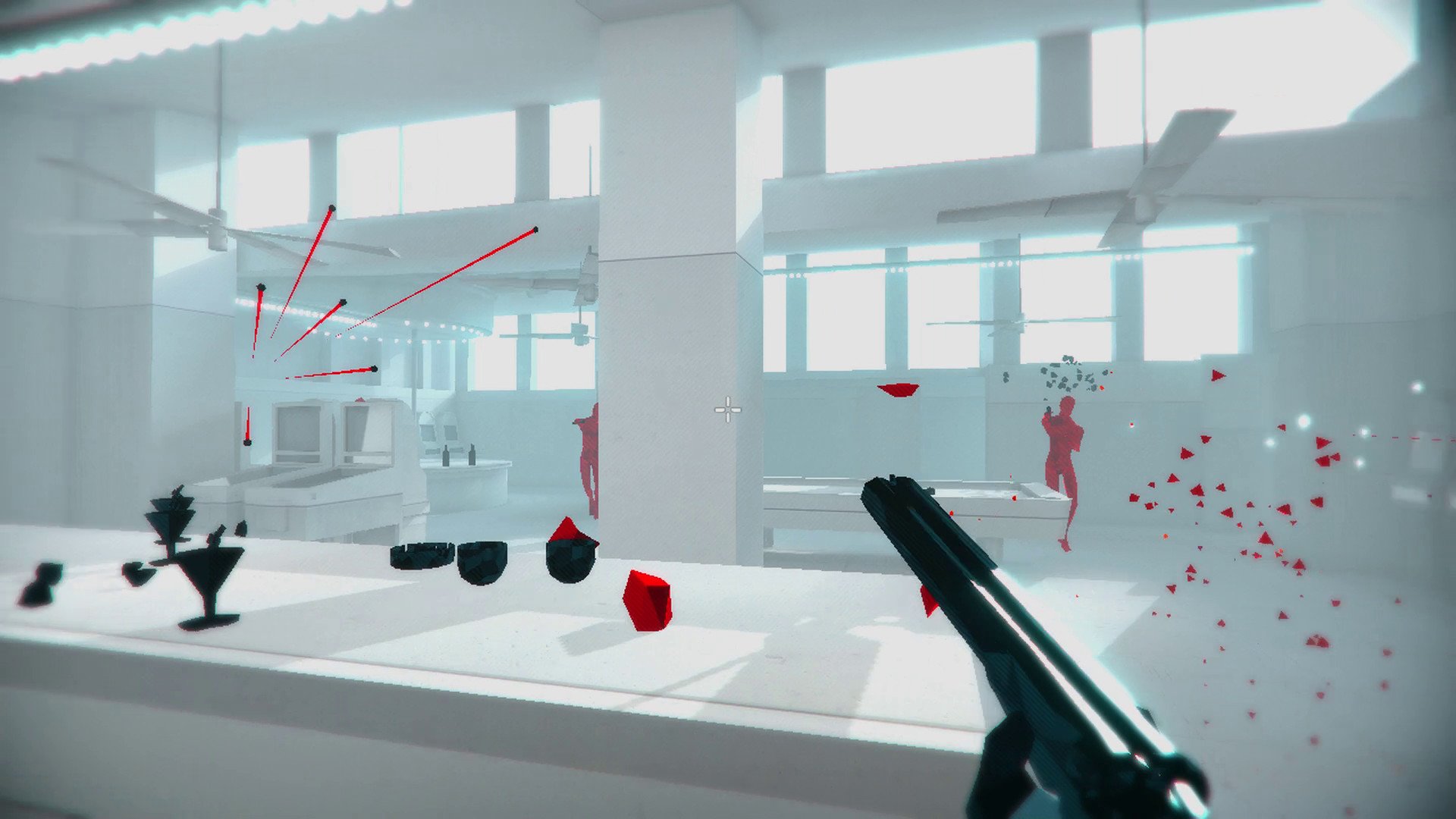
A Digital Frontier
Aside from the gameplay, Superhot also parts itself from the norm with a distinctive art style, reminiscent of visual marvels such as Mirror's Edge. The game has a limited palette of three colors, with pearly white structures contrasting the dark colored objects and weapons. Enemies have been styled with a minimal use of polygons, colored in a deep red to stand out from the world and items that inhabit it.
The game's low-polygon art style is used to its advantage, stylized to fit the digitized world the player is immersed in. Enemies killed in Superhot shatter into shards of crimson glass, displacing themselves across the otherwise clean world. Objects and weapons are treated in a similar manner, decomposing into black remains when smashed against the geometry. This contrast in color is rarely explored in action-based games, differentiating Superhot from mainstream shooters.
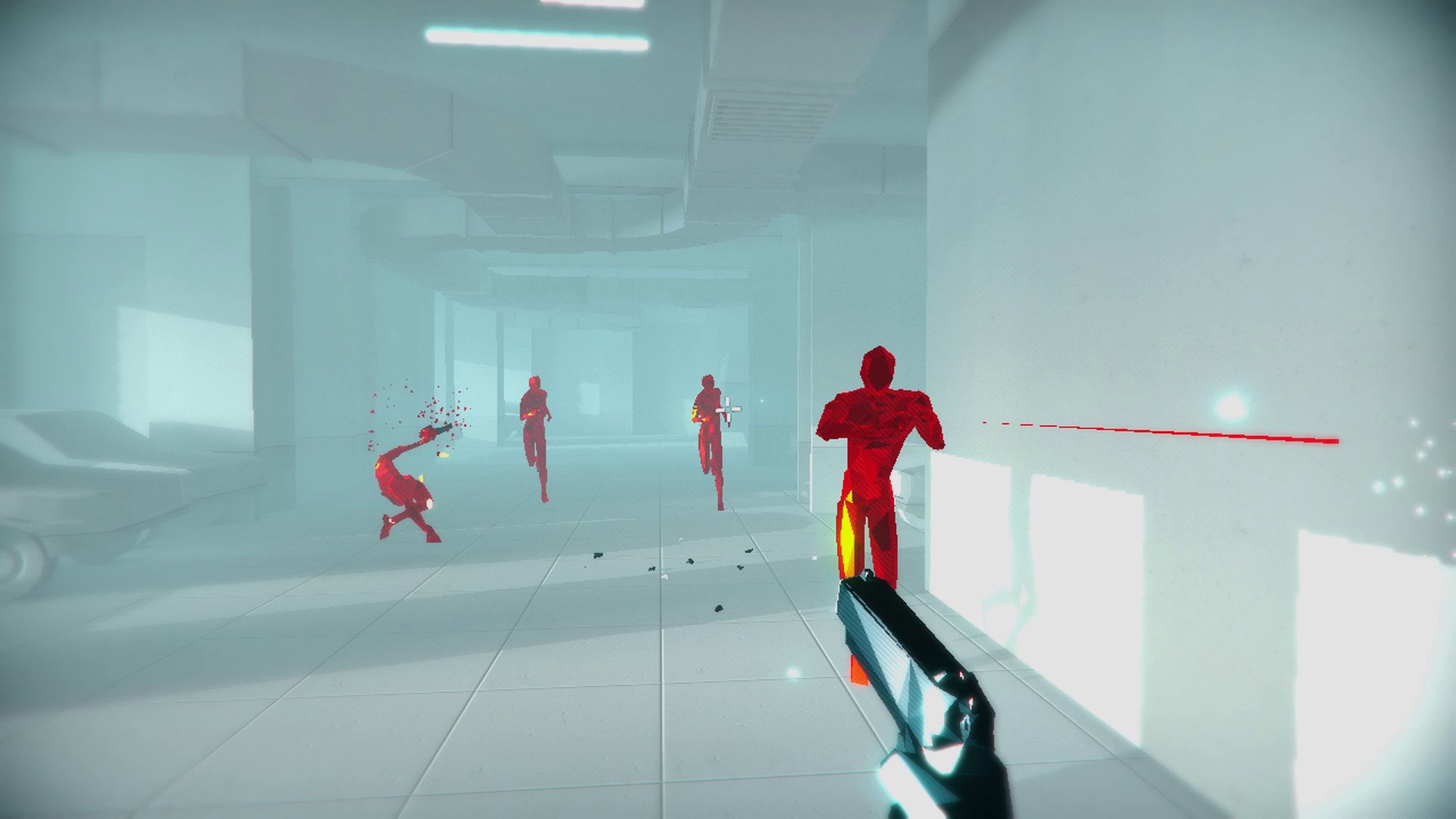
With an almost flawless transition from PC to console, Superhot takes advantage of both Xbox One hardware and the ecosystem surrounding it. The console version of Superhot doesn't hugely differ from its PC equivalent, aside from some mildly toned-down effects and a lower resolution. The PC version of the game was obviously a starting point for the Xbox One version of the game, and as a result of this, certain mouse-tailored interfaces are still untouched from the PC release.
One notable change on the Xbox One version affects the game's in-built video capture, which allows players to edit their takedowns into short video clips. On the PC version, all media is uploaded to Superhot's parody social network, Killstagram. The Xbox One abandons this additional service by directly integrating the console's onboard Game DVR, for more streamlined access to gameplay captures.
Hot Dollar
"For anyone who grew up with a love of action movies, Superhot's value can be found in the concept alone."
The value to be found in Superhot is a matter of perspective, mostly dependent on what the player looks for in a first-person shooter. While personally I found the unique concept alone was worth the cost, it's understandable that some gamers may hold off until a price reduction.
The lackluster story packaged alongside Superhot doesn't harm the experience, but with the main campaign clocking in at around four hours, the price point of $24.99 is open to criticism. The story mode could have been longer to add extra value to the package, but when considering modern triple-A shooters can clock in with an eight-hour campaign, the pricing seems reasonable.
That said, there are multiple ways to enjoy the game after the story has concluded, with a wave-based survival game mode and numerous challenges.
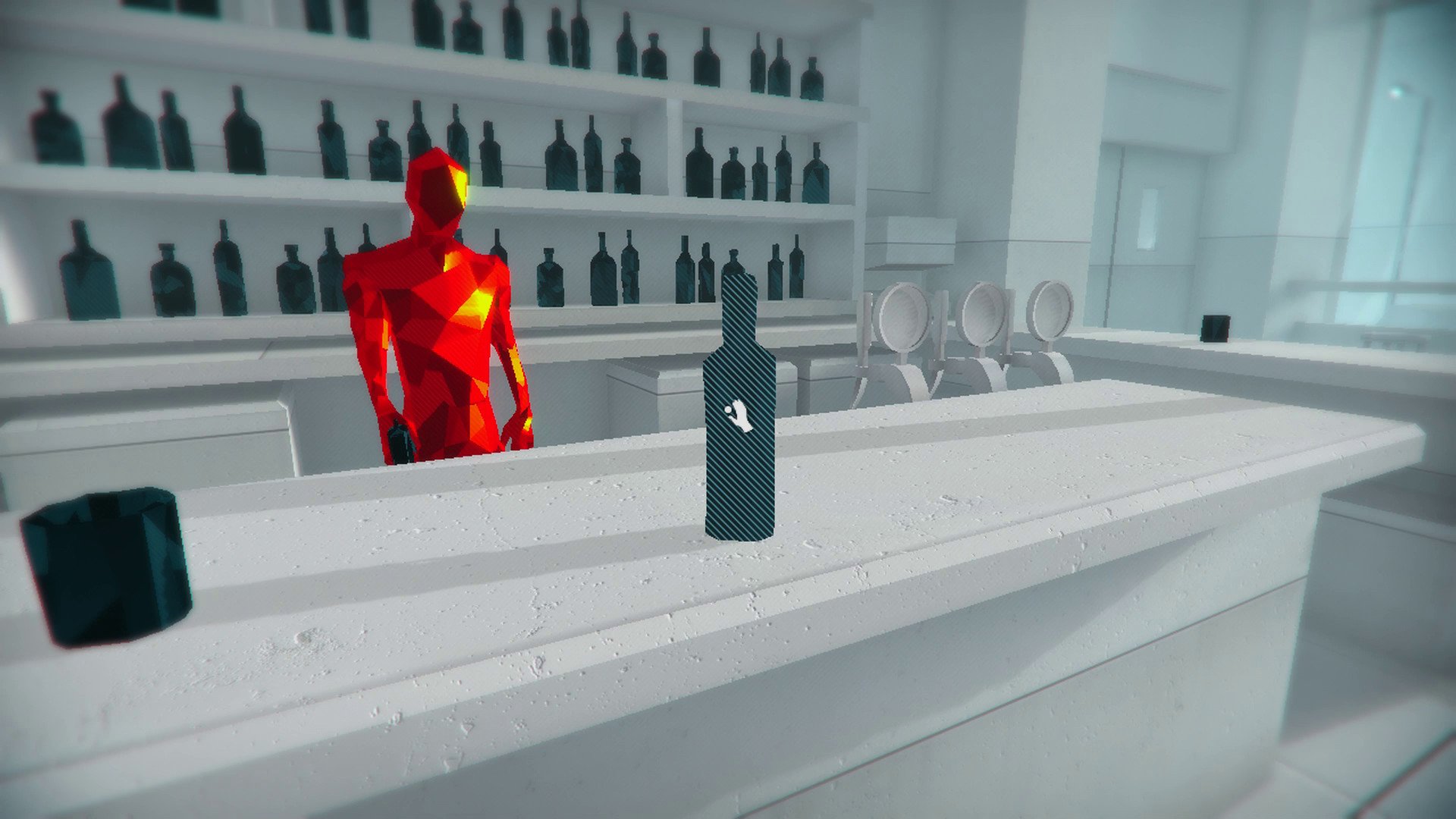
Conclusion
For anyone who grew up with a love of action movies, Superhot's value can be found in the concept alone. The game has managed to capture the choreographed combat of classic action movies and implement this into an interactive scenario. Superhot is among the best indie games available on the Xbox One, successfully executing a unique and innovative idea.
Whether a fan of puzzle games, or first-person shooters, Superhot is an unmissable experience. The shoehorned-in story line didn't affect my experience in a negative way, but acted as a way to loosely tie the game's levels together. Aside from these minor flaws, Superhot never fails to impress, riding on the back of action movie nostalgia.
Pros:
- Innovative and perfectly executed 'time-bending' concept
- Flawless portrayal of a digital world
- Stays fresh with new game mechanics frequently introduced
- Makes you a total badass
Cons:
- Weak attempt to tie in a storyline
- Main story mode should have been longer
See SUPERHOT on the Xbox Store
This review was conducted on Xbox One using a copy provided by the developer.

Matt Brown was formerly a Windows Central's Senior Editor, Xbox & PC, at Future. Following over seven years of professional consumer technology and gaming coverage, he’s focused on the world of Microsoft's gaming efforts. You can follow him on Twitter @mattjbrown.
